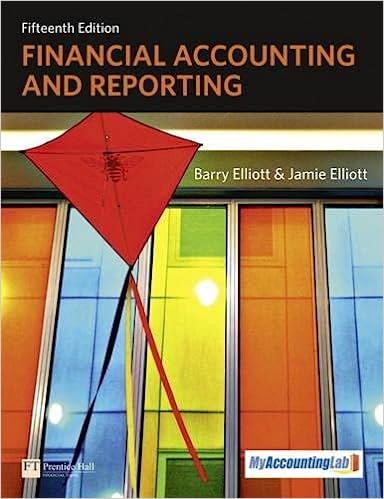20. The probability of a loss occurring can be reduced by a. risk observance b. loss prevention c. risk assumption d risk retention e. insurance 21. Underwriting is : a. selling insurance at a premium less than that of the competition. b. the payment of a claim c. a method for developing policy wording. d the determination of which exposures to insure. e. restoring the claimant to the financial condition prior to loss, 22. The underwriting function is designed to be sure that premiums are based on a. income levels b. the value of the loss c. the value of the gain d the chance of loss e expense levels 23. The primary purpose of life insurance is to provide: a financial security for dependents in the event of death. b. protection from creditors and lawsuits. c. tax-advantaged investments. d. high-yield investments. e. liquidity to expand business operations. 24. Actuarial data is used to measure: a. the creditworthiness of a population. b. the risk of loss for a population. c. the wealth of a population. d. the gross productivity of a population. e. the consumer price index of a population. 25. From the standpoint of the person buying insurance, the central purpose of insurance should be: a. to transfer risks of serious losses. b. to collect for all accidental losses. c. to make profit out of uncertain future events. d. to contribute for charitable purposes. e. to reduce payments for the most frequently occurring losses. 26. Insurance companies make profit by accepting the insured's risk by: charging consultation fees to the insured. b. avoiding the risk of loss of the insured. c. collecting premiums and earning interest on them. d. paying out less than the sum of the premiums and the earnings on them. c. giving less than the amount mentioned in the policy to the insured. 27. policy is a contract between an individual and a company under which the company agrees to reimburse the individual for losses suffered by him or her according to specified terms. a. Underwriting b. Risk c. Insurance d. Debt c. Reimbursement 28. is an activity that reduces the chance that a loss will occur. a. Risk avoidance b. Loss prevention c. Loss control d. Risk assumption e. Premium collection







